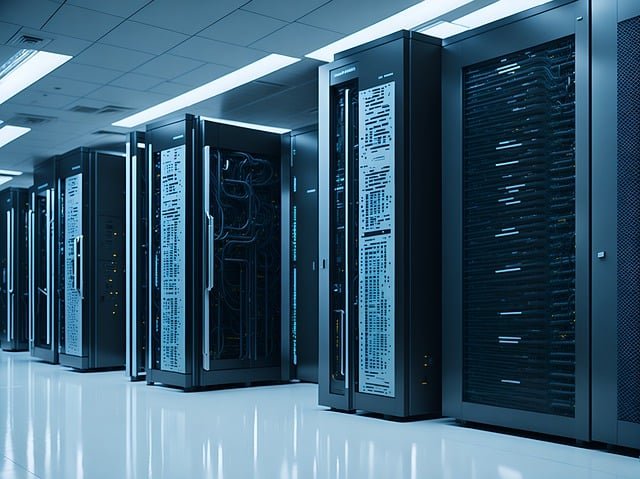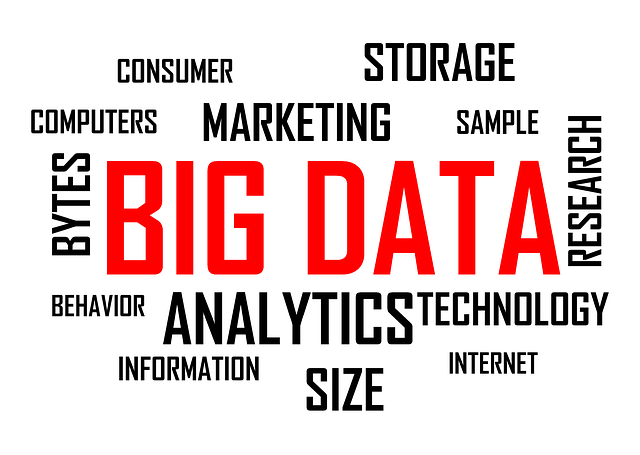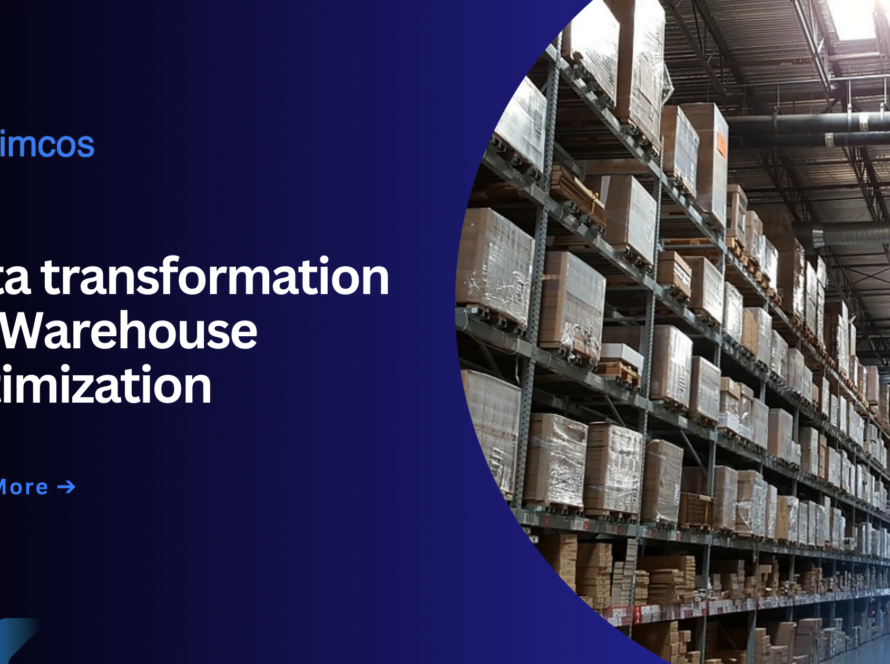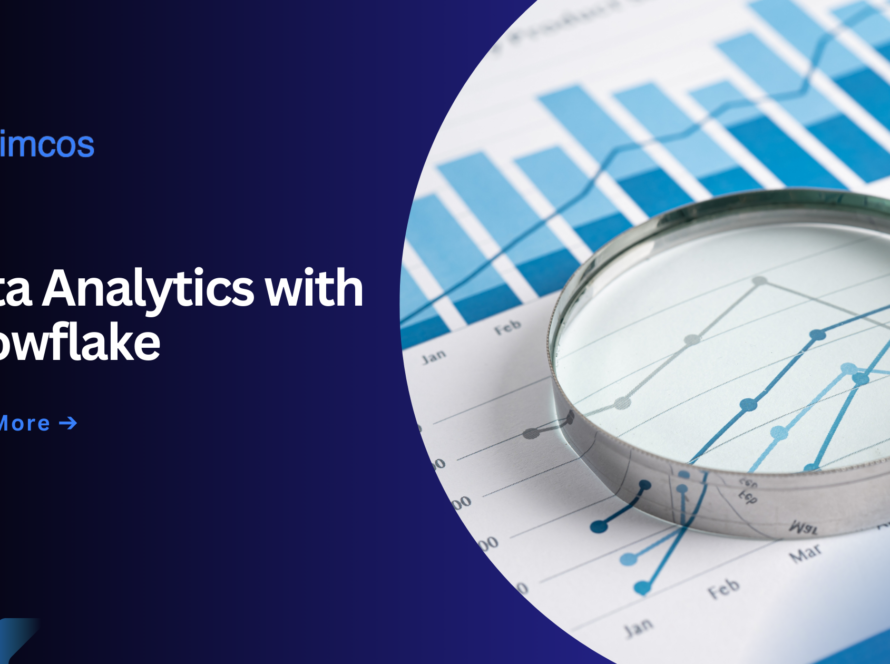Modern Data Stack (MDS) has completely changed the way companies handle data and experimentation. The Components of Modern Data Stack tames the data. With MDS, product teams conduct more detailed experiments by integrating data from various sources in their data warehouse. This enables them to identify more areas for optimization by merging behavioral, commercial and analytics data.
Timo Dechau, Product and AWS Architect at Audible and founder of Deepsky Data, emphasizes this in his expert interview on Google products in the modern data stack. He explains that software teams utilize feature flag systems to manage new feature rollouts. By incorporating this data into the data warehouse and combining it with behavioral and commercial data, teams are able to analyze experiments without needing additional tracking. Previously, obtaining product metrics was challenging, but with MDS, teams release new features under feature flags and track metrics such as revenue generated, impact on device performance, server load and crash rates.
Table of Contents

Components of Modern Data Stack
A modern data stack comprises six main components: data collection, storage, processing and analysis/visualization. These components handle ingesting data, storing it, transforming it and finally analyzing or visualizing it.
1. Data Collection
Data collection is the bedrock of modern datastacks. Data Collection – Consist in collecting data from multiple sources like APIs, face-user applications and databases. Tasks like using tools such as ETL that deliver data to the platform allow a robust flow of information for what comes next. The source of the data is a variety of internal and external datasets. CRM, databases and logs/audits/data warehouses are some of the popular data sources used.
2. Data Storage
Data Storage: This is where you store data for long periods in a secure way, from traditional databases to streaming platforms and cloud-based storage solutions. The challenge here is to deliver a scalable storage infrastructure where we can store all of our huge data in an organized manner and is accessible with ease for processing & analysis.
3. Data ingestion
Data ingestion is one of the core areas in a data stack : Data ingestion is in charge of collecting and importing data from different sources into the layers where it will be processed and stored. It ingests data from sources like databases, cloud services, streaming platforms and APIs to make it available for further processing and analysis.
4. Data Processing
Data Processing: The collected data is enriched, filtered aggregations and joins made to transform it into a shape amenable for further analysis. Tools and frameworks like Apache Spark/Flink database built-in processing power cleanses data making it amenable for a further analysis.
5. Data Analysis and Visualization
Data Analysis and Visualization is about discovering the insight generated from data, enabling decision making. Stakeholders observe trends, patterns through business intelligence platforms such as Tableau and Power BI in the form of dashboards or reports. It helps in the visual representation of data about trends, insights and what is happening which bring a better understanding thus resulting in taking decisions accordingly.
6. Data governance and security
Data governance is a core part of the modern data stack. Data governance is an umbrella term for all the processes involved in management of data. So, in an enterprise we need to take care of the following like data availability, usability and integrity keeping security on top. Good data governance helps to achieve consistency and quality of the data. Encryption and Data Masking, which are being used to secure the sensitive data access by unauthorised users.

How to Assess the Components of Modern Data Stack?
a) Data Warehouses
Data warehouses consolidate and analyse large amounts of data which has been gathered from various data sources. Users should look for a scalable, flexible and efficient data warehouse solution that handles a company’s growing data needs. Ensure reliability, especially for larger organisations with heavy data usage. Snowflake, Google BigQuery, Amazon Redshift are some examples of good data warehouses.
b) Tools for Business Intelligence
These tools are used in business intelligence : for good visualisation and valid interpretation of analytical data. So, this ultimately results in improved decision making. Choose tools that allow easy integration with data sources and publication of aesthetically please visualisations. Aim for functionality that allows you to explore your data interactively, so as to dive deep and extract more meaningful insights.
c) Tools for Data Science
Data science are tools to be used for to analyze, data model machine learning and predictive analysis. Opt for human-understandable tools that analyze, develop and deploy in a large feature set Support for wide range of data types and formats to accommodate the diverse analytical needs A tool should have a user friendly UI, support advent of functionalities not just for data analysis but also in modelling development and deployment and be able to cater different types of data.
d) Tools for Data Ingestion
Data ingestion tools take data from different sources and importing it into your [data stack]. Choose tools that are easy to set up and configure, have the ability of linking with several sources at once. Their features like dynamic data parsing, which could read and write with multiple lists of complex formats in far less time than native Pandas options not allowing them to go into detail on the transformation necessary for analysis. Be certain scaling devices are there, those that conduct large volume of materials and material scale to your business.
e) Tools for ELT Data Transformation
Focus on Tools that Automate Data Extract, Load and Transformations (or in other words processes to concatenate data from one or more systems/data sources into a single representation for subsequent analysis). It should be able to work with various types of data structures and formats for a complete data transformation.
It also is critical to choose secure and high-compliance components for your modern data stack (MDS). it must ensure that include privacy and security features such as encryption, access controls or auditing capabilities. components should be compliant with regulatory standards prevalent in the industry In addition, you should also choose the tools that natively integrate with other systems and works simultaneously on a vast amounts of data in different formats from numerous sources since this will help facilitate smooth flow of information as well improve teamwork. Taking into consideration above written factors, an organization choose a secure, effective and complaint modern data stack system which will maximise values of datasrack assets to strength decision making processes.
When picking components for your MDS, make sure to first focus on scalability and ease of use while making sure that they support the features you require based on what kind of data you want to store. Key points of focus , Source a reliable data warehouse as well as user-friendly business intelligence/data science tools, efficient data ingestion and transformation solutions. Auditing and understanding these components you are laying down a modern data stack on top of which your whole organization make data-driven decisions.

What’s next?
The modern data stack has become an integral component of the modern business landscape. As modern data stacks gain more notoriety and traction, it will continually develop and enhance its capabilities. In the future, we anticipate further advancements in the modern data stack, allowing companies to efficiently handle, organise and analyse data at scale. The components of modern data stack ranging from scalable data warehouses and intuitive BI tools to powerful data processing engines and robust data governance practices will continue to grow and improve as time progresses providing businesses with an incredible tool that takes data analytics to new levels.
How does Himcos help?
Himcos provides SaaS Update and software modernization services. Our team isn’t just skilled, you get the best minds tackling your modernization project, ensuring exceptional quality and results. Our experts help improve performance, reduce costs, enhance security and foster innovation providing our clients with scalable, secure and high performing applications.



